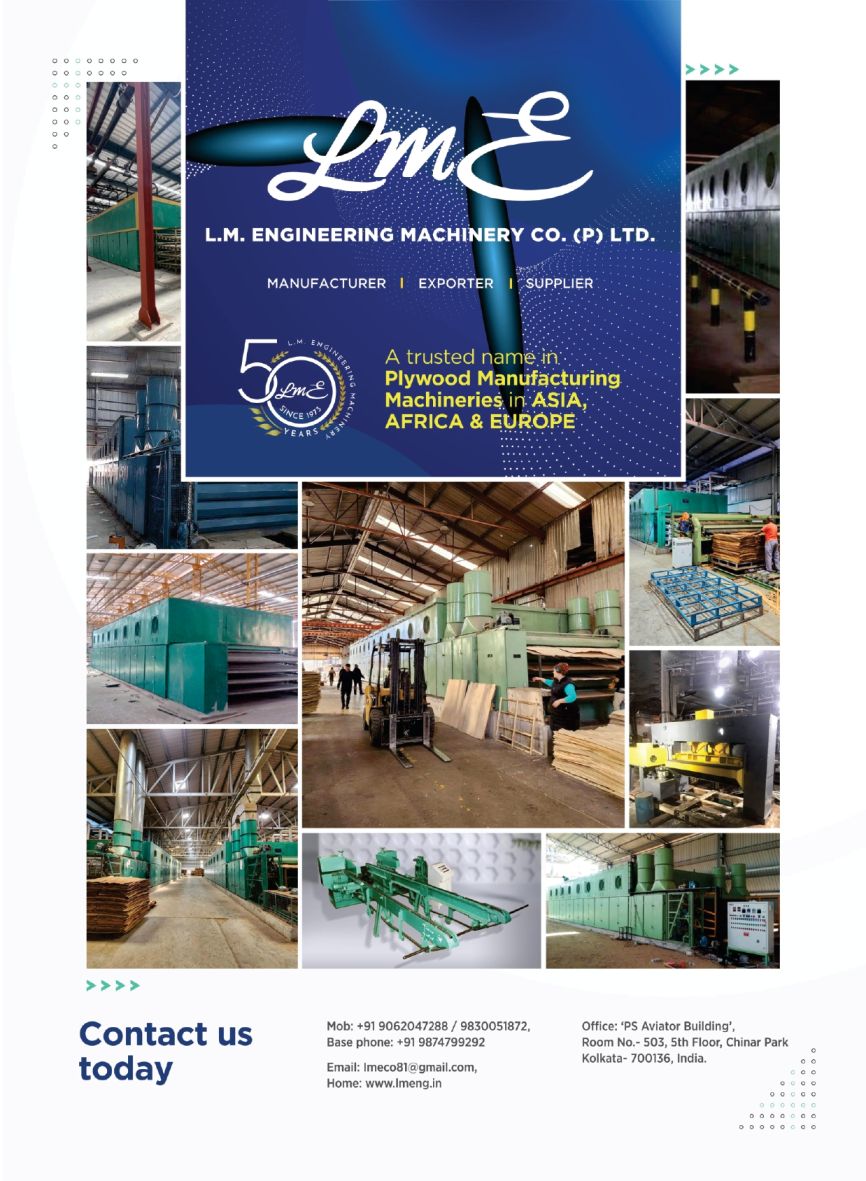
Smart Cities 49% Projects Still Incomplete
- July 20, 2021
- 0
India’s Smart Cities Mission (SCM) indentified 100 cities, covering 21 per cent of urban population, for a makeover in four rounds, starting January 2016. Each smart city is to complete its projects within five years from the date of selection. These projects are meant to improve core infrastructure and services to make cities more livable, economically vibrant and environmentally sustainable.
However, 49% of 5,196 projects for which work orders were issued across 100 smart cities remain unfinished, the government data shows. Among 33 cities which completed their five-year duration this year, 42% projects are incomplete.
India’s urban population is expected to rise to 38.6% by 2026. Rapid urbanization will then pose even bigger challenges related to waste management, air pollution, traffic congestion, scarce resources and more. Smart cities were envisioned to be a solution to these concerns. The mission has often been criticized for being too ambitious.
On average, the Centre is supposed to release Rs. 100 crore annually to every smart city. However, this is subject to the submission of a “ City Score Card” that will be used to analyses the city’s financial and physical progress, milestones crossed and the functioning of its Special Purpose Vehicles (SPV). SPVs were created as public-private partnerships to implement the mission and operate as limited companies under the Companies Act. 2013, with the concerned state/UT and urban local body (ULB) having a 50:50 equity shareholding. Between 2015-16 and 2020-21, of the 33 cities selected in the first round (including fast- track), the Centre released no fund to two cities for four years, 13 cities for three years, 12 cities for two years and five cities for one year. Naturally the projects are delayed.
स्मार्ट सिटी 49 प्रतिशत प्रोजेक्ट अभी भी अधूरे
भारत के स्मार्ट मिशन (एससीएम) ने जनवरी 2016 से शुरू होने वाले चार दौर में बदलाव के लिए 21 प्रतिशत शहरी आबादी को कवर करते हुए 100 शहरों की पहचान की थी। प्रत्येक स्मार्ट शहर को चयन की तारीख से पांच साल के भीतर अपनी परियोजनाओं को पूरा करना है। इन परियोजनाओं का उद्देश्य शहरों को अधिक रहने योग्य, आर्थिक रूप से जीवंत और पर्यावरण की दृष्टि से टिकाऊ बनाने के लिए बुनियादी ढांचे और सेवाओं में सुधार करना है।
हालांकि, 5,196 परियोजनाओं में से 49 प्रतिशत जिनके लिए 100 स्मार्ट शहरों में कार्य आदेश जारी किए गए थे, अधूरे हैं, सरकारी डेटा दिखाता है। इस साल पांच साल की अवधि पूरी करने वाले 33 शहरों में से 42 फीसदी परियोजनाएं अधूरी हैं।
2026 तक भारत की शहरी आबादी 38.6 प्रतिशत तक बढ़ने की उम्मीद है। तेजी से शहरीकरण तक अपशिष्ट प्रबंधन, वायु प्रदूषण, यातायात की भीड़, दुर्लभ संसाधनों और अधिक से संबंधित बड़ी चुनौतियों का सामना करेगा। इन चिंताओं के समाधान के लिए स्मार्ट शहरों की कल्पना की गई थी। बहुत महत्वाकांक्षी होने के लिए मिशन की अक्सर आलोचना की जाती है।
औसतन, केंद्र को हर स्मार्ट सिटी को सालाना 100 करोड़ देने थे। हालांकि इसके लिए सिटी स्कोर कार्ड प्रस्तुत करना आवश्यक है जिसमें शहर की वित्तीय और भौतिक प्रगति, कार्य की पूर्णता और इसके विशेष प्रयोजन वाहनों (एसपीवी) के कामकाज का विश्लेषण करने के बाद ही किया जाना था। एसपीवी को कंपनी अधिनियम के तहत मिशन को लागू करने और लीमीटेड कंपनियों के रूप में संचालित करने के लिए सार्वजनिक-निजी भागीदारी के रूप में बनाया गया था। संबंधित राज्य/केंद्र शासित प्रदेश और शहरी स्थानीय निकाय (ULB) में 50ः50 इक्विटी शेयरधारिता के साथ 2015-16 और 2020-21 के बीच, पहले दौर (फास्ट-ट्रैक सहित) में चुने गए 33 शहरों में से, केंद्र ने दो शहरों को चार साल के लिए, 13 शहरों को तीन साल के लिए 12 शहरों को दो साल और पांच को एक साल के लिए कोई फंड जारी नहीं किया। स्वाभाविक रूप से परियोजनाओं में देरी हो रही है।






























































